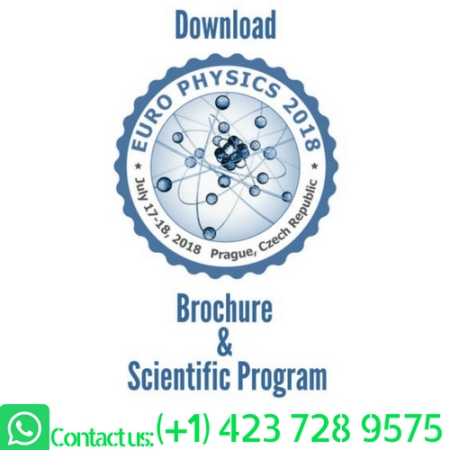
Ivan V. Kazachkov
Nizhyn Gogol state university (NGSU), UKRAINE
Title: Prametrically controlled film flow disintegration in metallurgy and material science
Biography
Biography: Ivan V. Kazachkov
Abstract
Parametrically excited oscillations and new parametric effects were revealed for the important engineering and technological applications. Scientific novelty of this work is in a development of the theory and applications of parametric excitation and suppression of oscillations on the boundaries of continua of three tasks’ classes: flat and radial spreading film flows of viscous incompressible liquids; surfaces of phase transition from a liquid state into a solid one, etc. The external actions considered were: alternating electromagnetic, vibration, acoustic and thermal fields. The three new phenomena of the controlled parametric film flow decay were discovered and studied: electromagnetic controlled resonance film flow decay, soliton-like vibration film flow decay and vibration shock-wave film flow decay. The shock wave regime was got by nearly ten times higher the vibration Euler number than for the soliton-like regime. The phenomena were first theoretically predicted and then experimentally investigated. Based on these new phenomena, the prospective dispersing and granulation machines were invented, developed and tested for some metals. The new phenomena allowed building the devices by the controlled film flow decay for obtaining the particles of the given size and form. Specific cooling and solidification methods and devices have been developed. Theoretical results allowed patenting and constructing the new granulation machines for production of the metal granules with cooling rate up to 104 K/s. The unique granules were used to produce the new specific materials with strong properties, e.g. so-called amorphous materials and materials with complex structure.

